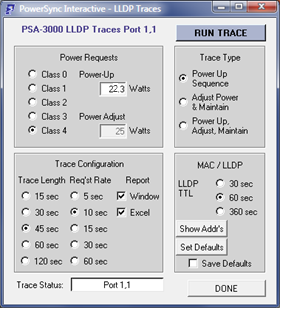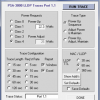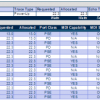PSA-3000 Family: LLDP Emulation and Analysis
PSA-3000 and PSL-3000 platforms each offer a feature upgrade that enables flexible emulation and
analysis for PoE “Plus” LLDP. The upgrade is available in the form of an instrument-specific license code that may be purchased from Sifos Technologies.
LLDP Emulation involves modelling numerous characteristics of a PD as it uses LLDP to request and agree upon power allocations from a PSE. Normally, such transactions are performed immediately after powering the PD, though they may be ongoing with subsequent power adjustments induced by either the PD or the PSE. Characteristics that may be modeled are PD Power Request, PSE Power Allocation (echo), periodicity of packet transmission, timing of responses to value changes, LLDP time-to-live, and various TLV fields that communicate device status and information.
LLDP Analysis involves capturing and analysing bi-directional PoE-specific LLDP packets and associated packet timing during PD power-ups and during ongoing (post power-up) power adjustments.
The PSA-3000 and PSL-3000 platforms support flexible LLDP Emulation and robust LLDP Analysis capabilities that are accessible from both PSA Interactive (GUI) and PowerShell PSA. LLDP power-up emulations to target power requests are performed in a single “button-click” in PSA Interactive or a single command in PowerShell PSA. LLDP Protocol Traces offer fully automated capture, display, and analysis of LLDP protocol sequences between a PSE port and a user-defined PD. Analysis is performed in colourful pop-up Excel spreadsheets that highlight protocol non-conformances or timing defects.





